Review: GoalZero Flip 30 + Nomad 7 Plus Kit
Feb 16, 2017, 1:00 PM by Eric M. Zeman
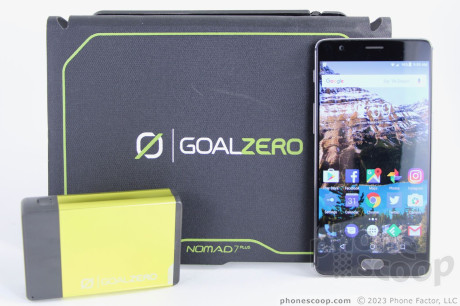
The Flip 30 + Nomad 7 Plus Kit from GoalZero includes a USB battery pack and solar charging panel. For people who spend lots of time outdoors away from AC power, the Nomad 7 Plus panel lets you charge the Flip 30 battery directly — or any phone or other USB-compatible device — using the power of the sun.
Background
My cousin, who lives in Yakutat, Alaska, is hardly ever indoors. She works for the United States Forest Service, most often as a river guide for groups of adventurous whitewater kayakers. We're talking multi-day trips down long stretches of river that include overnight camping. There are no power outlets in the Alaskan wilderness, which means she and her charges (pun intended) need to bring power with them for their lengthy sojourns.
A portable battery pack such as GoalZero's Flip 30 can recharge a phone several times, or smaller gear like wearables maybe as many as 10 times. Once the battery pack is depleted, however, you're up a creek (sorry, pun intended again) without a paddle. The Nomad 7 Plus Solar Panel from GoalZero can recharge not only the included battery pack, but also anything you care to plug into the USB port. This kit gives you a way to keep your phone charged and ready almost indefinitely, anywhere.
Hardware
I've tested a small number of solar-powered chargers and cases over the years, but nothing quite like the Flip 30 + Nomad 7 Plus Kit. It includes two distinct pieces: the battery pack and the solar panel.
First let's talk about the battery pack. Like most portable batteries, the Flip 30 is a weighty block of lithium-ion encased in metal and polycarbonate. The metal covers about 80% of the chassis while the polycarbonate forms and end cap and helps facilitate the ports and other functional elements. The battery measures 3.7 by 2.4 by 0.83 inches and weighs in at 6.83 ounces. The Flip 30 is shorter and narrower than most phones, but thicker and just as heavy. It's not the biggest nor the heaviest portable battery, but you'll know it's in your bag or purse.
The top edge houses a flip-out male USB plug. It stores flush with the top surface, but a quick press unlocks it. The plug rotates around the corner edge and can swing around about 180 degrees or so. It's a little flimsy and loose. This male plug can be pushed into a regular AC-style USB charger if you want, though the design makes it awkward to use that way. You'll find a female USB-A port on the top edge as well. This is where you'll plug in the charging cable for your phone, tablet, smartwatch, etc. One side of the battery holds four LEDs to give you an approximate idea of the battery's charge level. That's it. It's pretty simple.
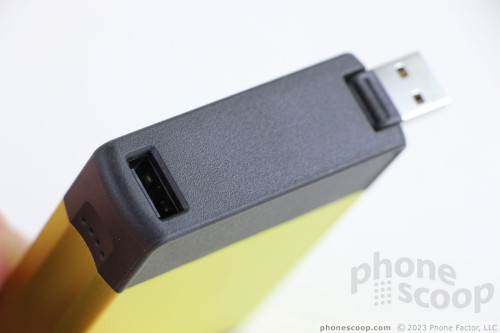
The Nomad 7 Plus solar panel is far more interesting. It's a pretty big piece of gear to carry around. The panel itself is made from coarse plastics, fabric, and rubber. It folds in half like a book to minimize the footprint when not being used. Closed, it measures 6.5 by 8.75 inches (about the size of an iPad Mini.) Open, it measures 13 by 8.75 inches. It's 0.5 inches thick when open, and about 0.75 inches thick when closed up. It weighs 12.8 ounces, or just over three-quarters of a pound. There's no question that it's bulky. Together, the Flip 30 and Nomad 7 Plus weigh more than a pound.
A large plastic fixture attached to the rear of the panel contains most of the functional elements. The plastic is octagonal in shape and affixed to the panel via magnets. You can easily pull off the entire assembly if you want. A zip-up mesh pouch holds the charging cable and can also hold your phone or the Flip 30 battery pack. The plastic fixture folds out to serve as a kickstand so the solar panel can face the sun at a better angle.
I'm not in love with the way GoalZero snaked the power cable from the rear of the solar panel through the plastic fixture (see pictures). Retrieving the cable from the mesh pouch is a bit of a pain and the joint where it attaches to the panel itself is just not as firm as I'd like it to be.
However, this is offset a bit by one really neat feature built into the cable: a sunshine-strength-o-meter. The cable includes four LEDs that light up to let you know how efficiently the panel is gathering sunlight. Full sunshine with no clouds lights up all four LEDs and produces the maximum amount of current; mostly sunny skies light up three of the LEDs; partly cloudy skies light up two LEDs; and mostly overcast skies (during daytime) light up one of the LEDs, producing the least amount of possible current from the panel. It doesn't work under most artificial lamps; it needs real sunlight.
Performance
Do the Flip 30 and Nomad 7 Plus solar panel from GoalZero charge your phone and other portable gear? You bet. Do they charge your gear efficiently? Well, that's another story.
The Flip 30 battery pack works as well as most others I've used. It has a capacity of 7,800 mAh. GoalZero says the Nomad 7 Plus solar panel will charge the Flip 30 battery pack in about 8 hours as long as you have lots of sunshine. With the number of winter sunlight hours lacking, all I can tell you is 8 hours under a partly sunny sky only managed to get the Flip 30 charged to about 70%. If you plug the Flip 30 directly into an AC-powered USB charger it will take about 5 hours to reach capacity.
The Flip 30 outputs 5 volts / 2.1amps. The capacity provides enough juice to charge a phone like the Samsung Galaxy S7 or Apple iPhone 7 three times, or a larger phone twice. You can power up one small tablet, or multiple wearables, rechargeable flashlights, and so on. The Flip 30 supports pass-through power, so you can charge the battery pack and a phone at the same time. That's handy.
Charging times vary with the Flip 30, of course. I found the iPhone 7 Plus took at least three hours to charge fully, while the Pixel XL was a little quicker at 2.5 hours. An iPhone 7 charged in just over two hours.
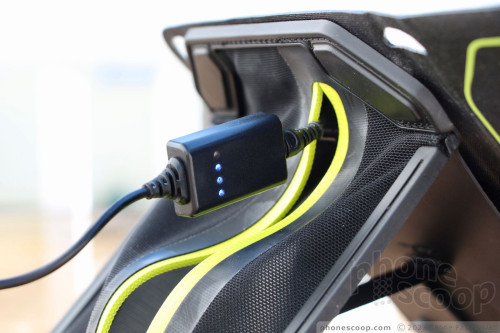
You can skip the battery pack and plug your phone directly into the Nomad 7 Plus. It outputs 5 volts / 1.4 amps. GoalZero says it will take 2 to 4 hours to fully charge a phone if you plug it into the solar panel and put it under full sunshine, but that's not what I saw. In my tests, charging times for devices with smaller batteries were 3 hours at a minimum and devices with larger batteries consistently required 4 hours or more.
If you're on a long outdoorsy getaway, it would be quite easy to leave the Flip 30 plugged into the Nomad 7 Plus all day while out adventuring. Upon your return, the Flip 30 would be ready to charge any devices you may have depleted during the day.
Discussion
Maintaining or having access to communications is a vital aspect of surviving the unexpected. In that respect, smartphones are one of the most important and powerful tools we carry on a day-to-day basis. As amazing as today's handsets are, they're useless once the battery goes dead. The Flip 30 and Nomad 7 Plus provide a way to keep phones and other devices charged practically anywhere. GoalZero was smart to combine the solar panel with a rechargeable battery. The flexibility here lets you charge phones directly with the power of the sun, or use the sun to power up a battery pack for on-the-go charging.
When I think about my cousin in Alaska, I imagine the Flip 30 + Nomad 7 Plus Kit from GoalZero being a perfect fit. She'd be able to charge the battery or devices at camp while taking whitewater lovers out for some Class 5 rapids action. Her brother, however — who spent more than 5 months hiking the Appalachian Trail — might find the kit too bulky and heavy to keep on his shoulders for 2,200 miles.
For regular people who aren't necessarily adventure seekers, I do see another core use case for the Flip 30 + Nomad 7 Plus Kit: car emergencies. People drive off the road and get into accidents all the time. Consider what might happen if you run off the road in a remote area, are injured, and your car no longer operates. Keeping something like the Nomad 7 Plus in your trunk or emergency kit could literally be a lifesaver by ensuring your phone still has juice.
The kit isn't cheap. The battery and panel together cost a sobering $150, and it falls in the middle of GoalZero's lineup. The company offers battery/panel combos that range from $120 to more than $500. The cheaper options have smaller capacity batteries and solar panels, while the most expensive kits have much larger batteries and moderately bigger solar panels.
It you have regular access to AC power, the Flip 30 + Nomad 7 Plus Kit is not for you. If you spend lots of time away from the grid (or need a power supply for your emergency bunker), GoalZero's product draws its juice from the great big ball of fire in the sky.
The Nomad 7 Plus is aptly named, for you can take it wherever you may roam.
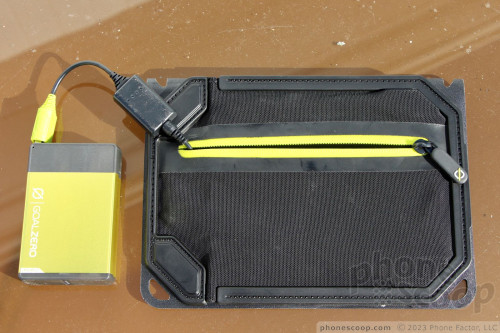
Comments
No messages


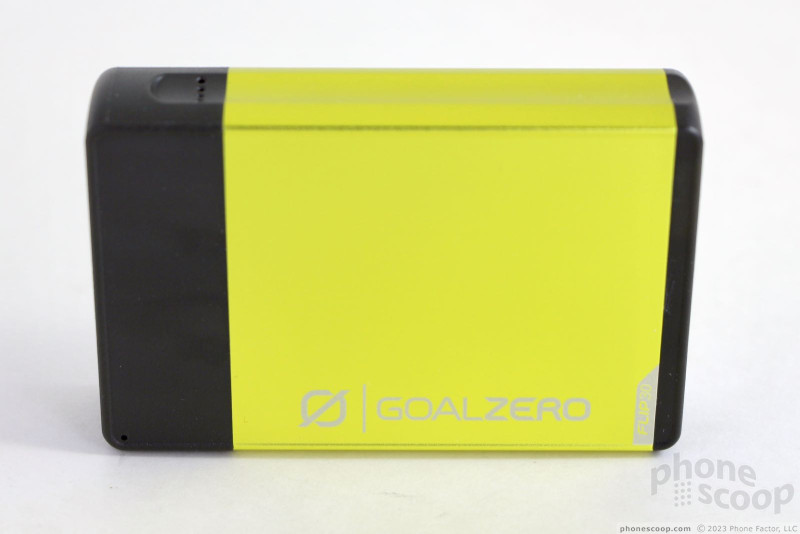





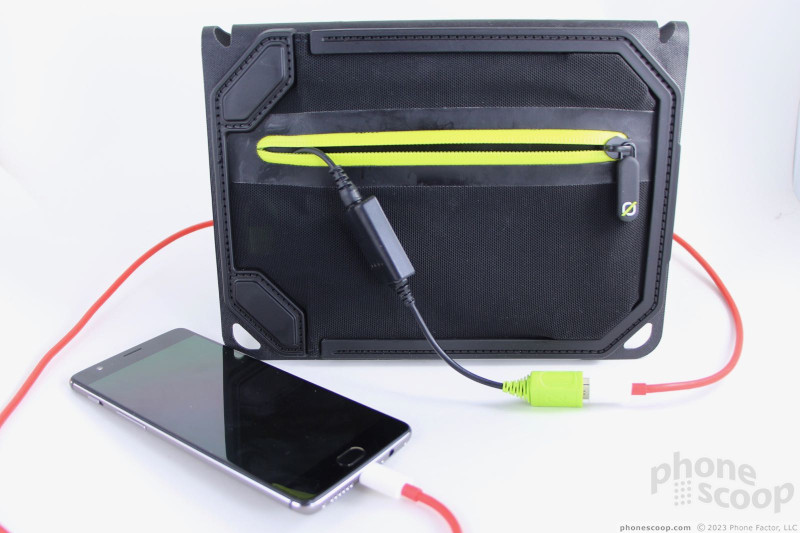





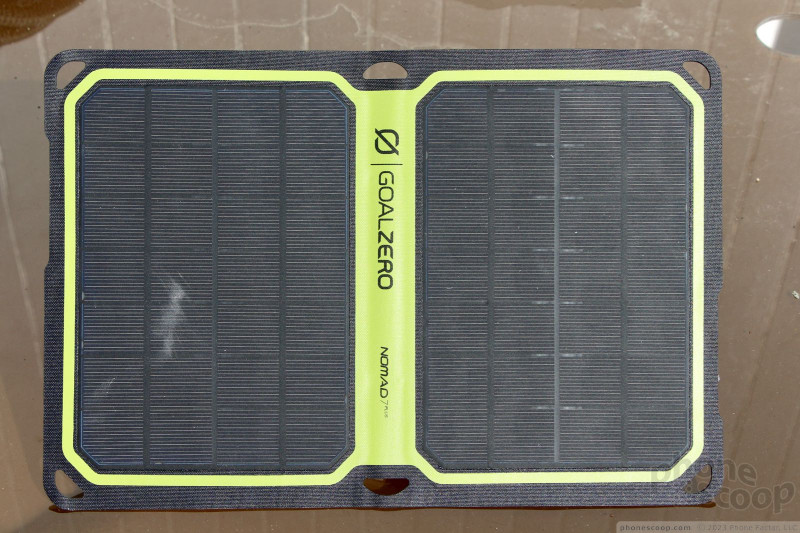





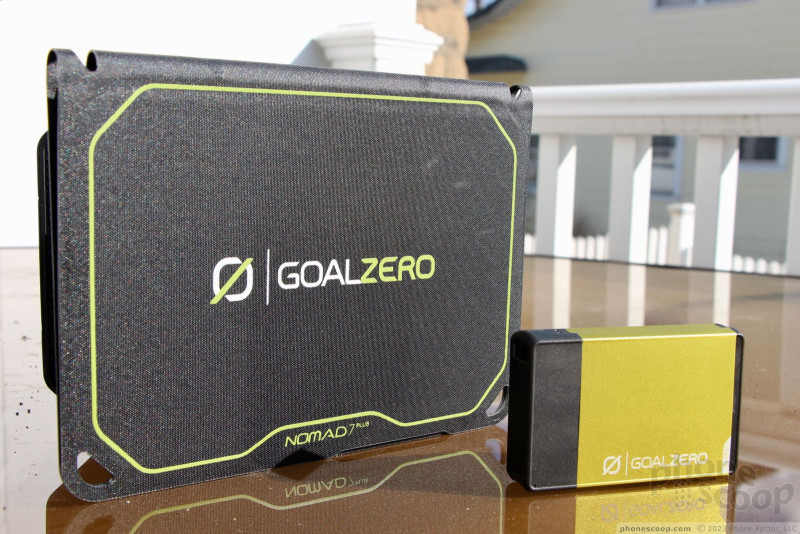








 iPhone 14 Plus Offers a Big Screen For Less
iPhone 14 Plus Offers a Big Screen For Less
 iPhone 15 Series Goes All-In on USB-C and Dynamic Island
iPhone 15 Series Goes All-In on USB-C and Dynamic Island
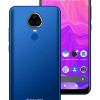 Newcomer Schok Makes Splash with Feature-Rich Phone for $169
Newcomer Schok Makes Splash with Feature-Rich Phone for $169
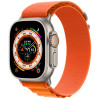 Apple Watch Goes Ultra
Apple Watch Goes Ultra
 Samsung Puts its Best Camera Yet in the Galaxy S23 Ultra
Samsung Puts its Best Camera Yet in the Galaxy S23 Ultra

